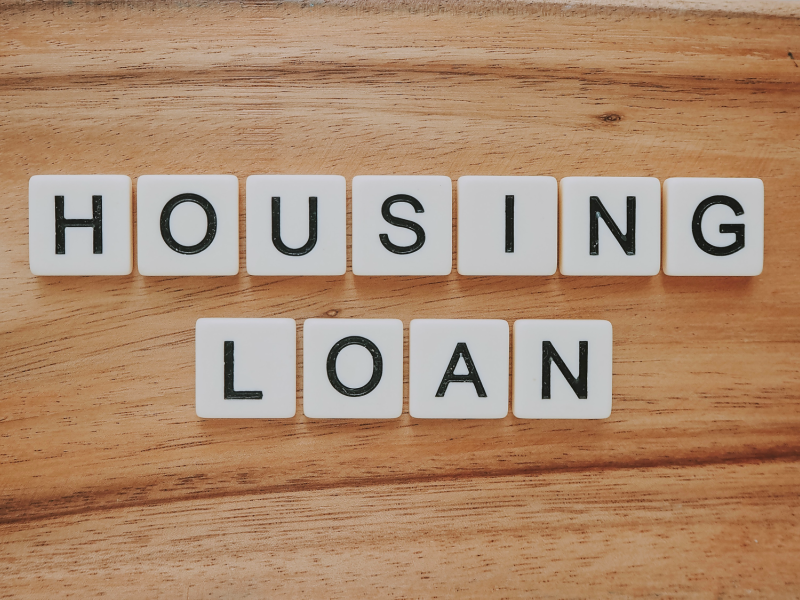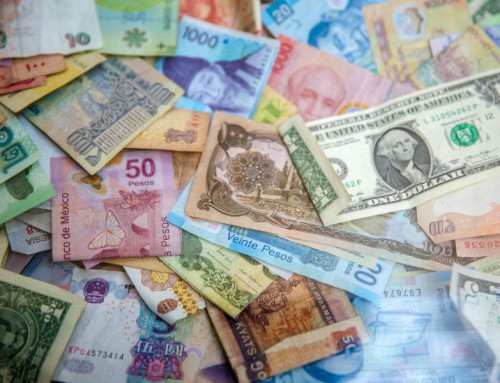SIBOR stands for Singapore Interbank Offered Rate. It is the benchmark interest rate for lending between banks within the Asian market. Banks are required to keep a certain level of short-term cash reserves and if a certain bank does not have sufficient liquidity, it can borrow in the Singapore interbank market at the Singapore Interbank Offer Rate. The term of these loans can vary from overnight to a year. The Monetary Authority of Singapore (MAS) adjusts the liquidity in the market by adjusting the capital requirements for banks. Recently on April 7th 2020, the MAS adjusted the capital and liquidity requirements for banks to help sustain their lending activities amid the COVID-19 pandemic. Simply put, the operation of a bank is to collect monies from savers and lend them out to borrowers with interest. If there were no control, profit-driven banks would lend out just about all monies that they collected from savers. This would put banks in a precarious position if a large number of savers were to make withdrawals. To prevent a bank run, the regulating body, in this case, MAS, would have to step in to regulate the amount of liquid cash a bank had to maintain to buffer for potential withdrawals. This reserve requirement can also be used to encourage lending and to regulate the amount of liquidity in the market. If more liquidity is needed in the market, this requirement can be lowered and if the economy is filled with too much liquidity and overheating, this reserve requirement can be increased.
SIBOR is administered by the Association of Banks in Singapore (ABS). The ABS publishes the SIBOR rates and trends on its website. There are four SIBOR rates. 1-, 3-, 6- and 12-month. Typically 1-month SIBOR rates are lowest and 12-month rates are highest.
SOR stands for Swap Offer Rate. It is the synthetic rate for deposits in Singapore Dollars. It is the effective cost if we were to borrow US Dollars for a certain maturity and swapping the US Dollars for Singapore Dollars.
SOR rates and trends can also be found on the ABS website.
SOR is used less frequently in home loan packages. Last I checked, most banks were using SIBOR to set their home loan rates. 1- and 3-month SIBOR is the more frequently used metric for setting home loan rates.
SIBOR is typically referred to as the cost of funds by the bank. This is the rate at which banks can borrow money from the open market. If a lender were to offer them a higher rate than SIBOR, they would just borrow in the interbank market at SIBOR. They can obtain funds at rates lower than SIBOR but in the event that they have a borrower who would like to borrow to perhaps buy a property and they need to make a loan, they could borrow at SIBOR if they did not have the required funds. Home loan rates are typically SIBOR plus a spread. This spread is to compensate the bank for making the loan, taking up the risk, administrative costs and other related costs. If SIBOR rises, all else constant, the home loan interest rate will correspondingly rise. At the point of writing, UOB is offering a package with the following details:
2-year lock-in
Year 1: 3-month SIBOR + 0.63% (Effective rate: 1.38%)
Year 2: 3-month SIBOR + 0.63% (Effective rate: 1.38%)
Year 3 and thereafter: 3-month SIBOR + 0.63% (Effective rate: 1.38%)
Current 3-month SIBOR: 0.75% (as at 5th May 2020)
Partial payment penalty: Nil, so long as loan outstanding within the lock-in period. Loan does not fall below SGD$200,000
Full repayment penalty: 1.5% on outstanding loan amount if loan is redeemed within 2 years from first disbursement. For redemption due to sale: 50% reduction in penalty upfront + 50% reimbursement upon new loan taken up within 6 months from date of redemption. New loan amount must be more or equal to the redeemed loan amount.
Additional feature: 1-time free conversion after 2-year lock-in from date of first disbursement.
This package uses the 3-month SIBOR and the spread if 0.63%. Other banks may also have similar packages but their spread may be different. There are many packages to suit different customers. It would be wise to factor in other loan packages if homeowners are looking to dispose of their property within the lock-in period. This is especially true for homeowners looking for a home loan package when refinancing their home loan. There are instances when homeowners had to bear the full repayment penalty when they sold their property.
SIBOR is mainly affected by global trends especially the US Federal Funds Rate. If SIBOR is significantly higher than rates across the globe, banks could just borrow from other institutions at a lower rate. Thus if global interest rates are low, SIBOR will follow suit. As for those looking to take up a home loan, if you think that the global economy will be weak for the next two to three years, then perhaps consider a home loan package that is pegged to SIBOR as SIBOR will remain depressed.
Yours Sincerely,
p.s. When in doubt, do look for mortgage advice. I am working with some mortgage specialists on a comparison site. You can visit https://easilyloan.sg/ for loan rate comparisons and affordability calculators.
Other related articles:


